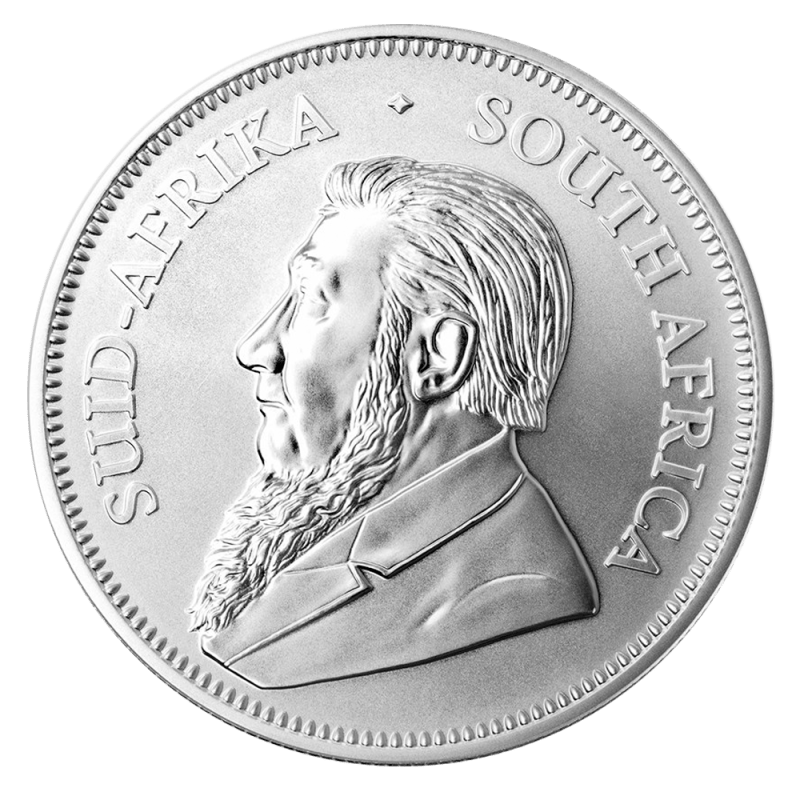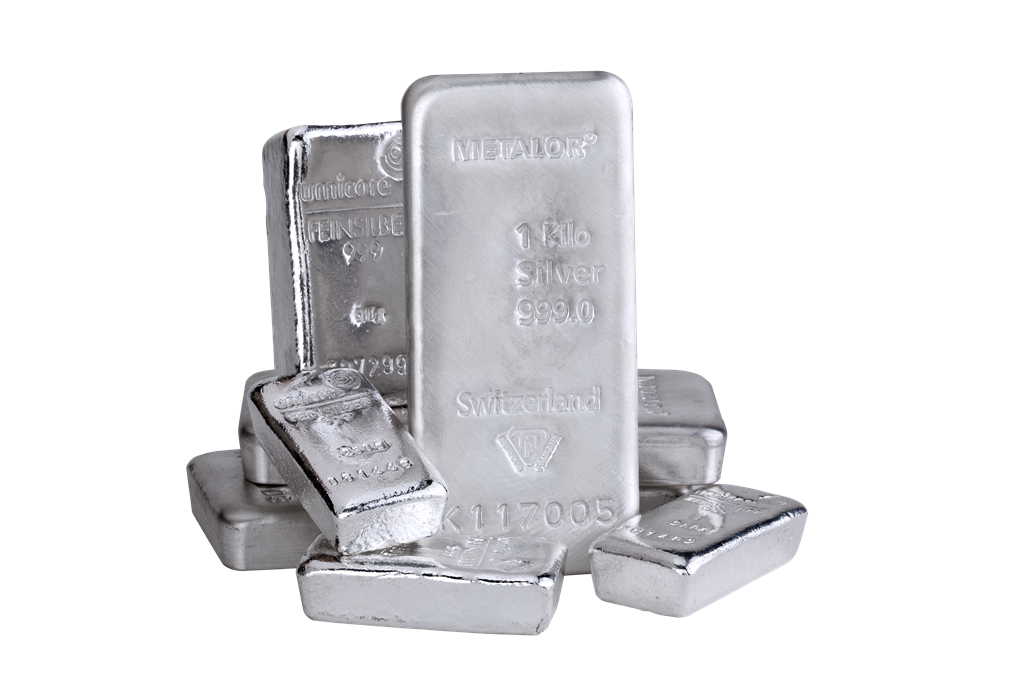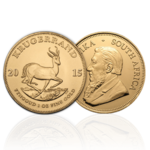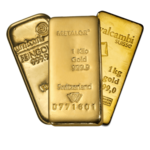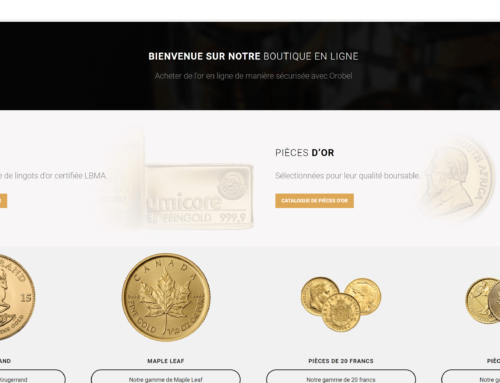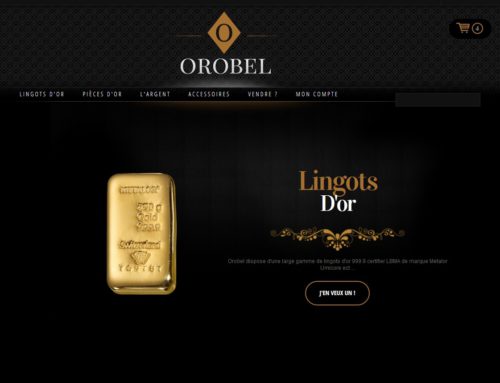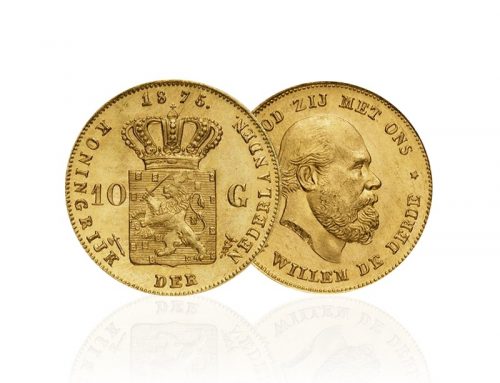Recognize the real of the fake : tutorial with Orobel
Alloys colors and shades.
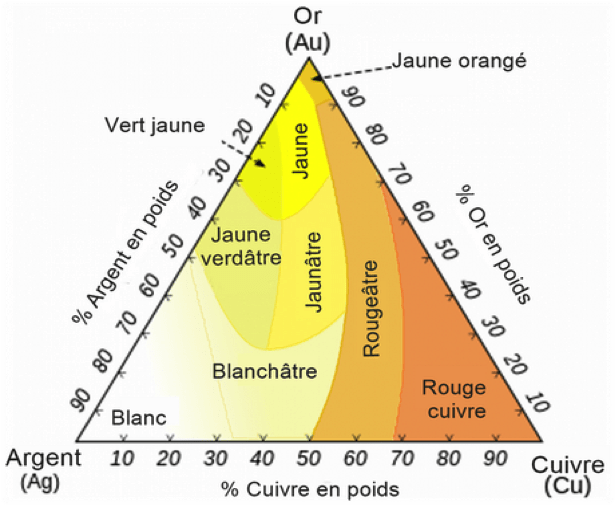
The opposite chart shows the colors obtained by combining different proportions of copper and silver to a gold alloy.
Thus karat can be recognize and therefore the purity of a jewel with the naked eye ! By observing its color shade. A jewel tones of red will approach more often from 14 or 9-carat gem in a 18K, that possess it a more pronounced yellow color.
We took a picture here two new channels from our store different carats (18 and 9 ct). color difference we see in close-up.
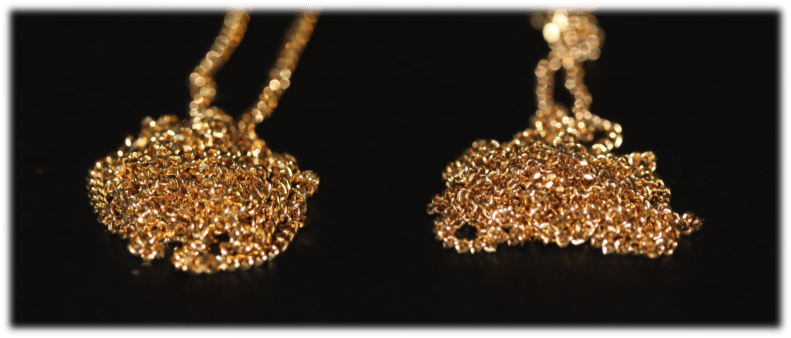
The following diagram outlines the theoretical proportion of the different metals depending on the carat / titration of a jewel.

Depending on the alloy composition and surface treatments applied, gold can take on different colors.
The « recipes » to color the gold nowadays are more elaborate and also involve other metals (Palladium, Zinc, Platinum …). While most jewelers use alloys commercially prepared, some jewelry stores and major retailers also have their own recipes for making their own gold coloring.
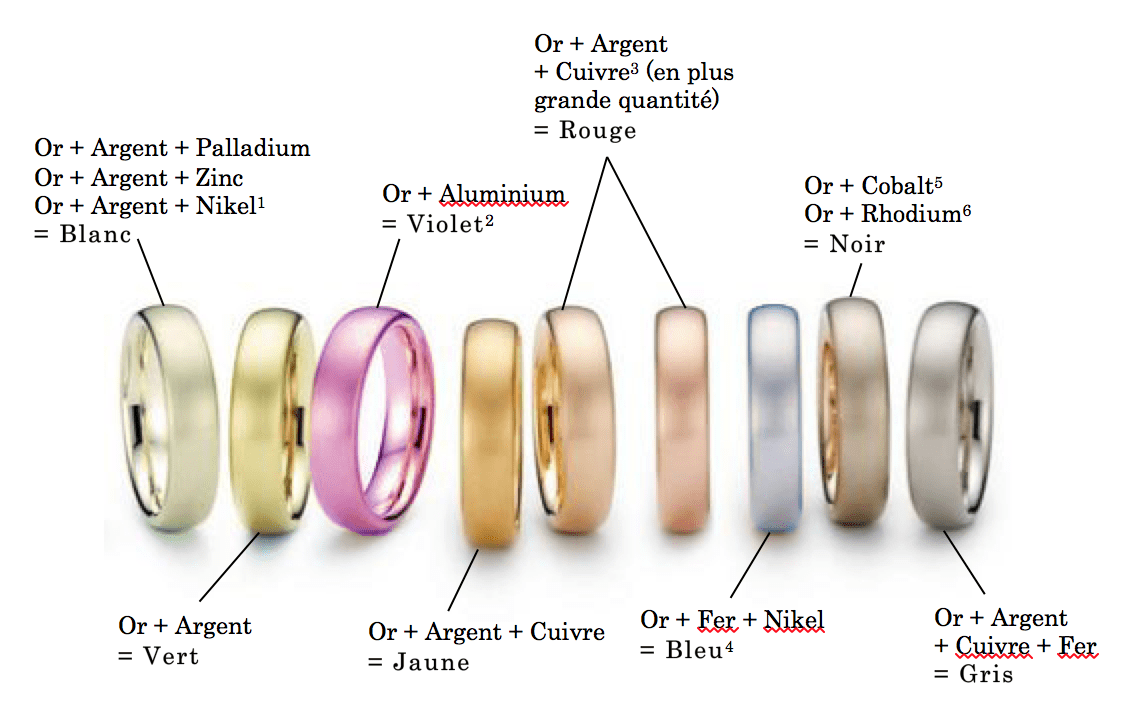
1 Nickel is banned in France since 2000 because considered allergenic.
2 Used pop on more conventional gold jewelry.
3 pink shade / red mainly depends on the copper content present in the alloy.
4 The alloy is then heat treated to oxidize iron to get a shallow blue.
5 Heat Treatment.
6 Surface Treatment black rhodium.
